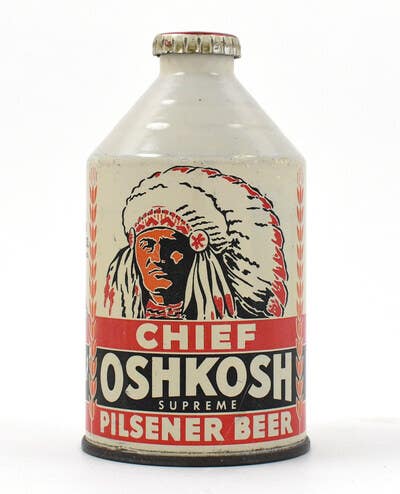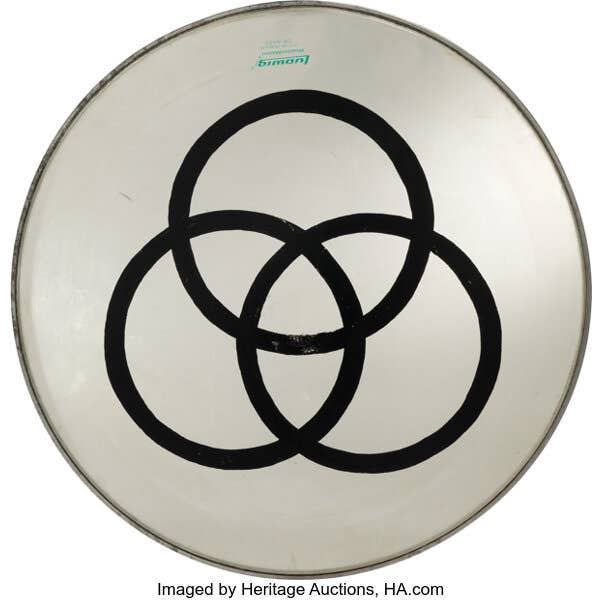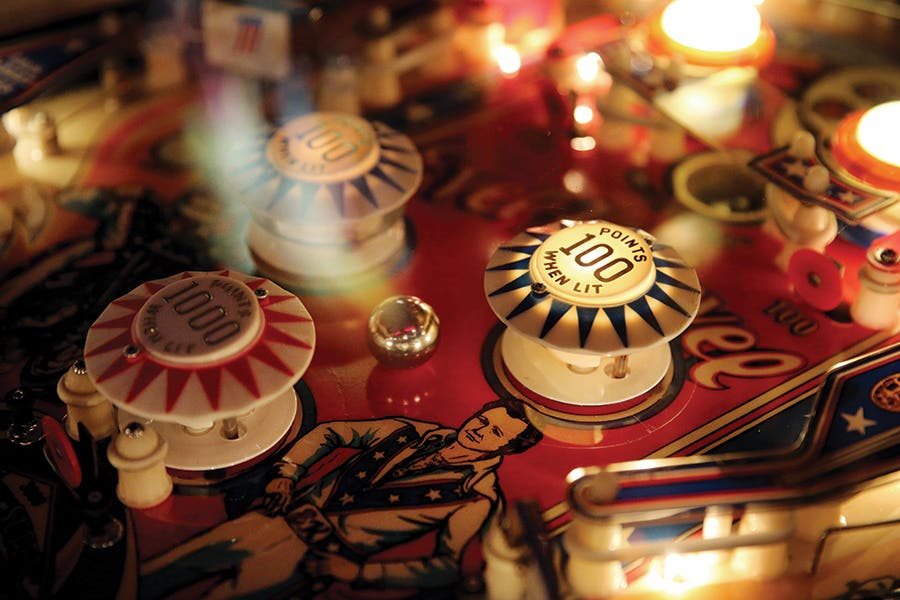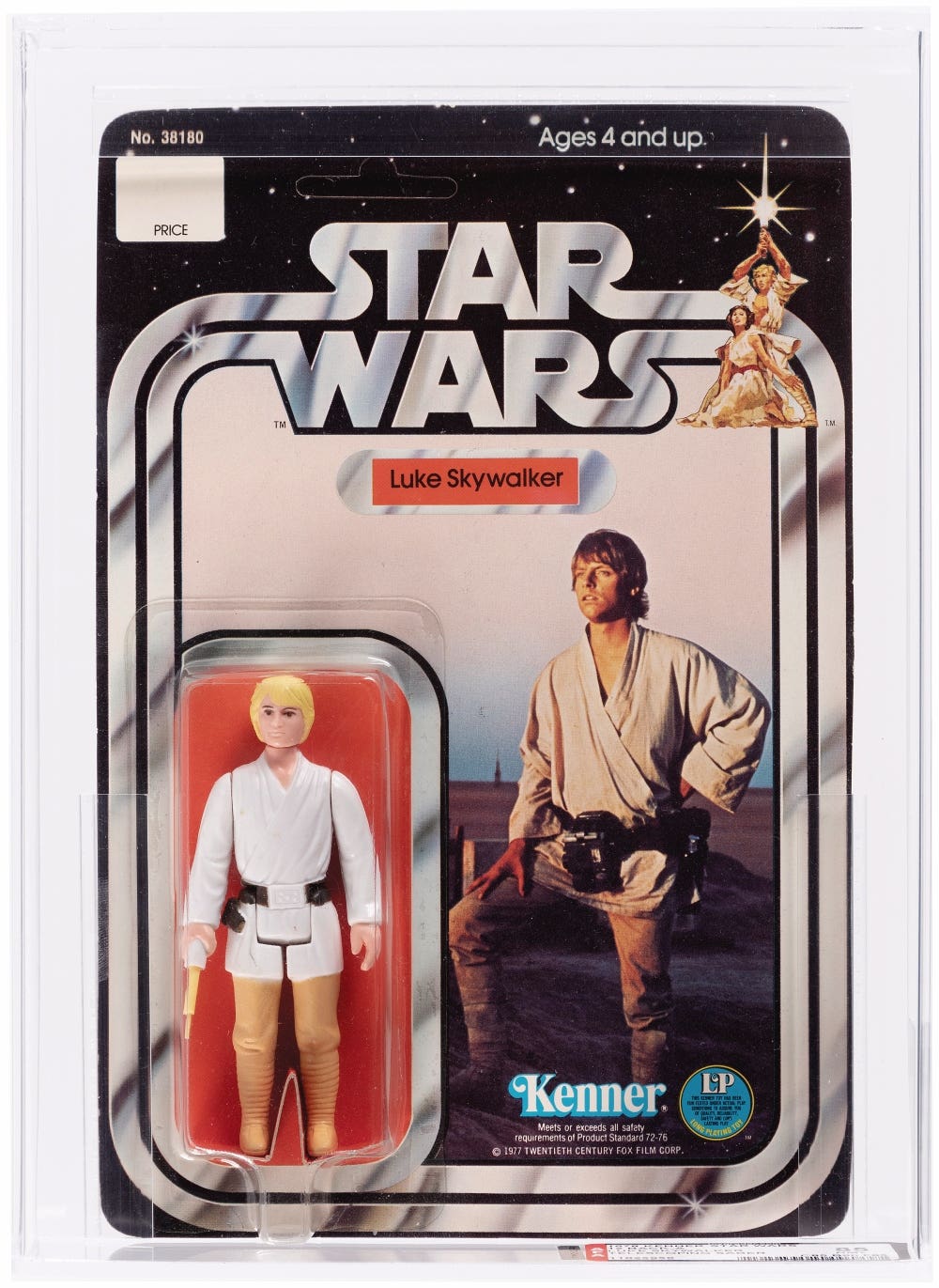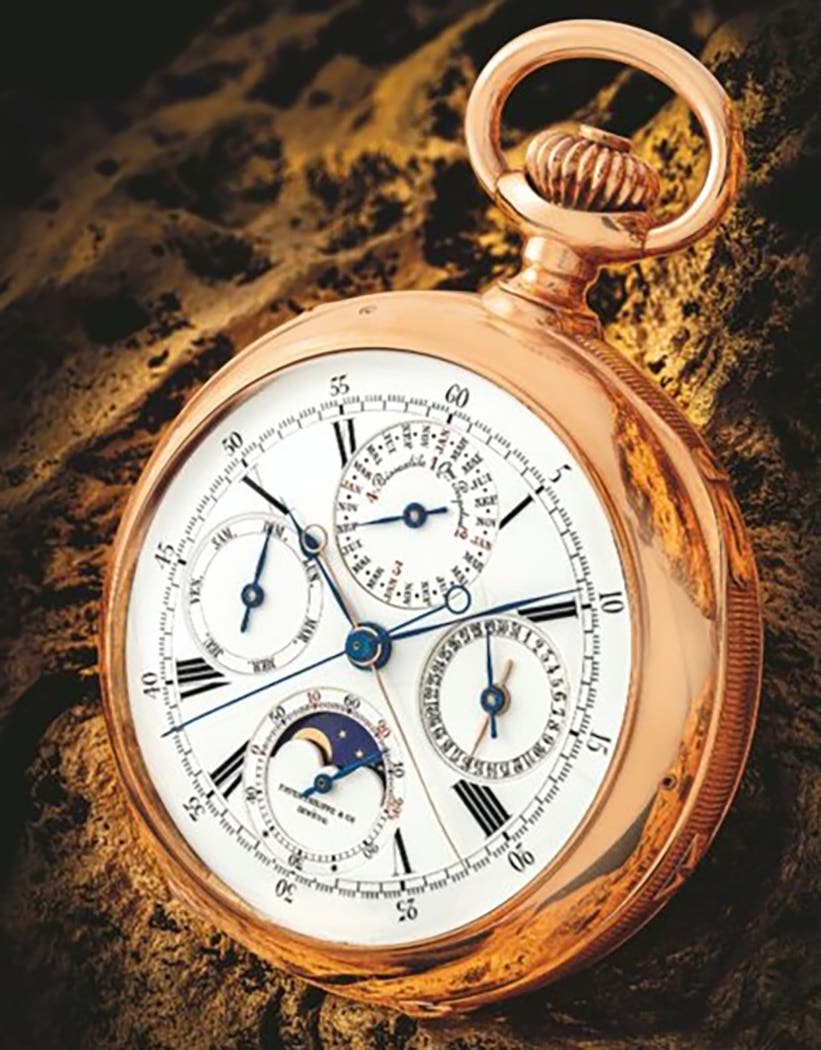Americana: The material culture of America’s past
The collecting field of historical Americana is so diverse that entering it with confidence can prove daunting. But expert guidance is only a click away.
Editor's Note: This is an exclusive excerpt on Americana is from Warman's Antiques & Collectibles 2019 by Noah Fleisher, which is on sale now at KrauseBooks.com.
The collecting field of historical Americana is so broad and diverse, so infinitely parsible, that entering it with confidence can prove a daunting task to both neophyte and experienced collectors alike.
For the purposes of this introduction and this section, we’ve chosen to keep the focus on historical Americana as it applies to key figures in American history – presidents, politicians and assorted prominent thinkers; artifacts that are, in this writer’s estimation, easily identifiable and therefore easier to relate to.
For Tom Slater, director of Americana Auctions at Heritage Auctions and formerly of Slater’s Americana, there is a conflict in the Americana market between an abundance of good material and a lack of erudition among “new” collectors.
What the experts say about political Americana
“You don’t see new collectors getting into Americana the same way that you see it in categories like comics or sports, which are more in-tune with current pop culture trends,” he said. “New generations in these types of categories are being created by osmosis, inheriting their love of collecting – and often parts of their collections – from family members and friends, being influenced by what’s clicking in the popular imagination and current public zeitgeist. When you get into more esoteric subjects, they require more commitment to develop working knowledge to be an effective collector.”
Key trends in historical Americana are easy to read: signatures, ephemera, and artifacts directly related to early popular American figures – think George Washington, Thomas Jefferson and Abe Lincoln – will always command solid prices; a search through the prices realized anywhere from independent dealers, eBay and a variety of auction houses will confirm this.
A little deeper into the market, and a little further into the roster of historical figures from whom artifacts can be found and acquired, and the story begins to play out a little differently.
Values of political Americana
“At a certain point and a certain level, you can’t tell what’s going to sell or at what price,” said Slater. “In the last five to 10 years we’ve seen a somewhat weaker, leaner and meaner stripe of collector emerge than we used to have. They’re simply more discriminating now in how they spend and what they spend on. They’re looking for the right pieces and the right values.”
While that might necessarily mean that you’re going to have serious competition and have to dig a little deeper into your bank account to acquire that George Washington compass, book plate or signed letter, it also means that – if you do your homework and know what you are looking for – there is tremendous opportunity.
“Quality is key at whatever level you are collecting,” said Slater. “Spend on quality, on what you love, and you’ll never be disappointed with how much you enjoy something, what you pay for it or what it may bring when the time comes to sell it.”
The broader market
In terms of the broader market, there’s a plethora of good material available, which may be a factor in the current price pause seen. The fact is that – though Americans love their history and have always actively coveted pieces of it – there is relatively little “brand new” material being found, unlike newer specialty categories like comics, sports and entertainment memorabilia.
Twenty and 30 years ago, dealers and collectors alike were pulling significant pieces of historical Americana out of shows, shacks, attics and yard sales at incredible rates. Those glory days are done and picked over for the most part. You’re not likely to find a William Stone lithograph of The Declaration of Independence in a garage sale anymore.
“When you get into areas where there aren’t constantly new discoveries being made, you need to have a much deeper sense of going on,” said Slater. “It seems there’s a direct relationship between that and attracting new people, which is not necessarily the case in Americana right now.”
The Founding Fathers
Say you have done your research, read your history and have developed a fascination with the Founding Fathers. You’ll have to look far and wide, and spend a pretty penny, for pieces that come directly from Washington, Adams, Jefferson, Madison or Monroe. If you know what you like, however, there is plenty to be had from those that surrounded those men, their families and their lives.
Context becomes all important, as does understanding what you’re looking at when it looks at you.
“Attention spans are decreasing, which means fewer collectors are willing to undergo what can be a long and steep learning curve,” said Slater. “The categories that are thriving are the ones that are more easily accessible. That, however, means greater competition down the line. For collectors willing to put in the time, the reward can be significant.”
Current Americana market influences
What is influencing the market right now? An aging collector population, for one, and a somewhat jaded collector base at the very top of the market, for another.
Collectors who have been in the market for 40 or 50 years are aging out of active buying and are selling off their core collections.
In many cases they simply have no heirs that are following them in their pursuit or they have too much in their collections for their families to efficiently and profitably disperse.
Kennedy & Camelot
We are also living in a much more disposable culture these days. As subsequent generations come of age in an increasingly paperless society, less appreciation is created for the material culture of the past. A prime is example is the current cooling in the realm of John F. Kennedy and Camelot collecting.
“Kennedy had been a touchstone for almost three generations,” said Slater. “Now those collectors, those people who were born and raised on Camelot and its attendant glamour, are aging out and the polish has faded somewhat on the perspective of those times. This has created, simultaneously, a leveling off in prices for JFK memorabilia and a golden opportunity for smart collectors willing to hold on to something for the duration. If history has taught us anything, it’s that eventually everything comes around again and is eventually seen as being new.”
Before you dive in
Do your homework, learn what’s scarce and what’s in demand and know a treasure when it’s in front of you. Be patient with your purchases and diligent in your pursuit of the material you want. Right now your purchases – be they with a major auction house or a reputable dealer – may have an air more of stewardship than of investment. But the popularity of television shows and books on antiques and collectibles points to an increased awareness in the potential value of historical material, if not its inherent value simply as a piece of history.
“That wider recognition of value that seems to be dawning in the general public is the thing that is encouraging,” said Slater. “The smart, educated collector that will endure the vagaries of the market will, in time, realize the full potential not only of their investment but also of their passion for the subject.”
Noah Fleisher has 20 years of experience in the antiques and collectibles field. He is the author of “The Beatles: Fab Finds of the Fab Four,” “Warman’s Modern Furniture,” and “Collecting Children’s Books.”
AntiqueTrader.com is a participant in the Amazon Services LLC Associates Program, an affiliate advertising program designed to provide a means for sites to earn advertising fees by advertising and linking to Amazon.com and affiliated websites.
The former editor of Antique Trader and past Public Relations Director of Heritage Auctions, Noah Fleisher has authored collectible books on such far reaching topics as Beatles memorabilia and children's books during a career in which he has written extensively about the antiques and collectibles field.




